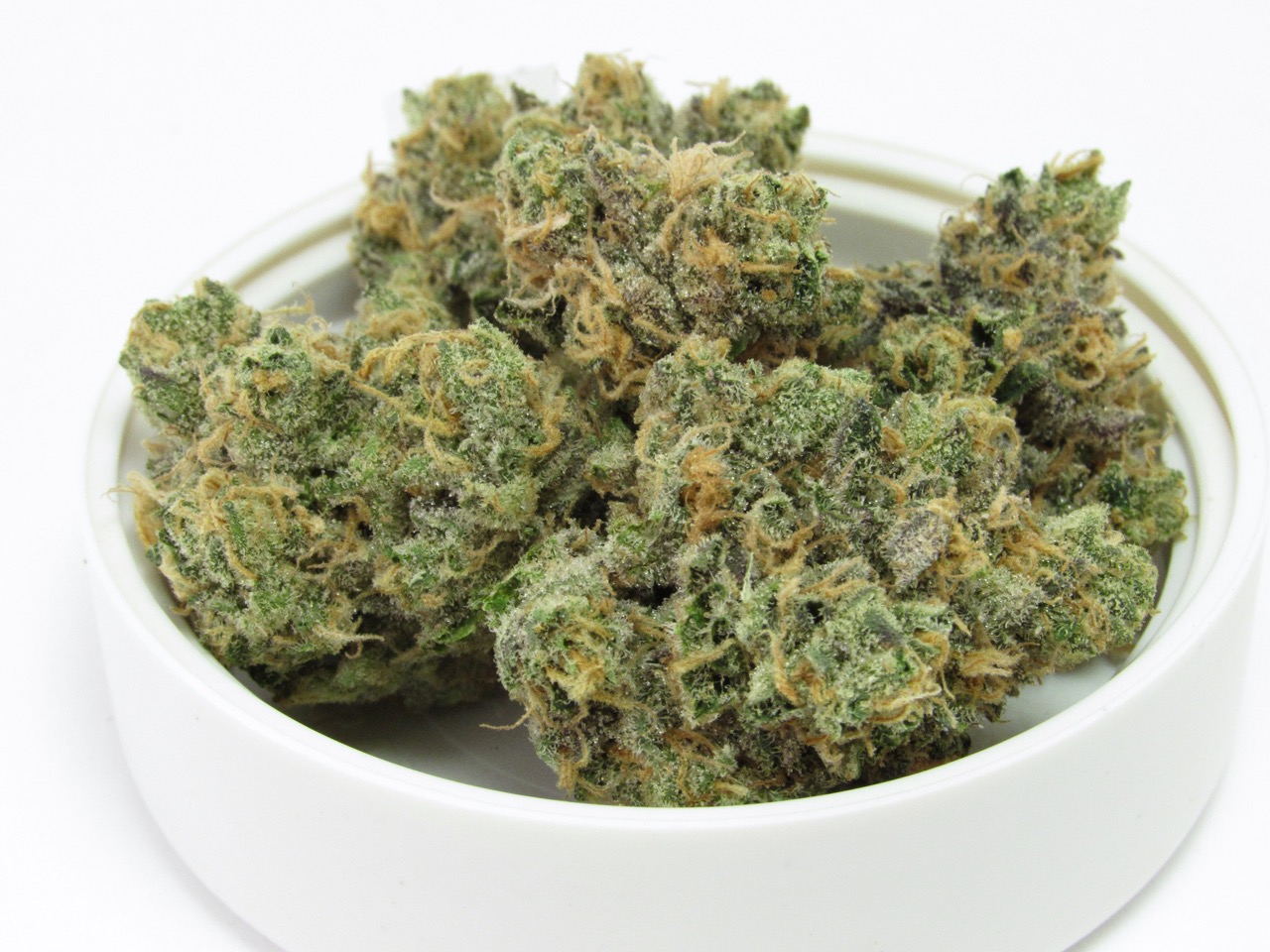
What is “living soil weed” and why does it dominate?
It is alive – the soil that is.
Living soil is very trendy when growing cannabis. Do you think it’s just a marketing term? Think again: A new study from Columbia University and a group of cannabis farmers compared indoor hydroponically grown cannabis with outdoor cannabis grown in living soil.
The results are breathtaking.
Cannabis grown outdoors had a significantly greater variety of cannabinoids and a greater amount of terpenes. Have we caught your attention? Let’s dive deeper (pun very much intended).
What *is* soil?
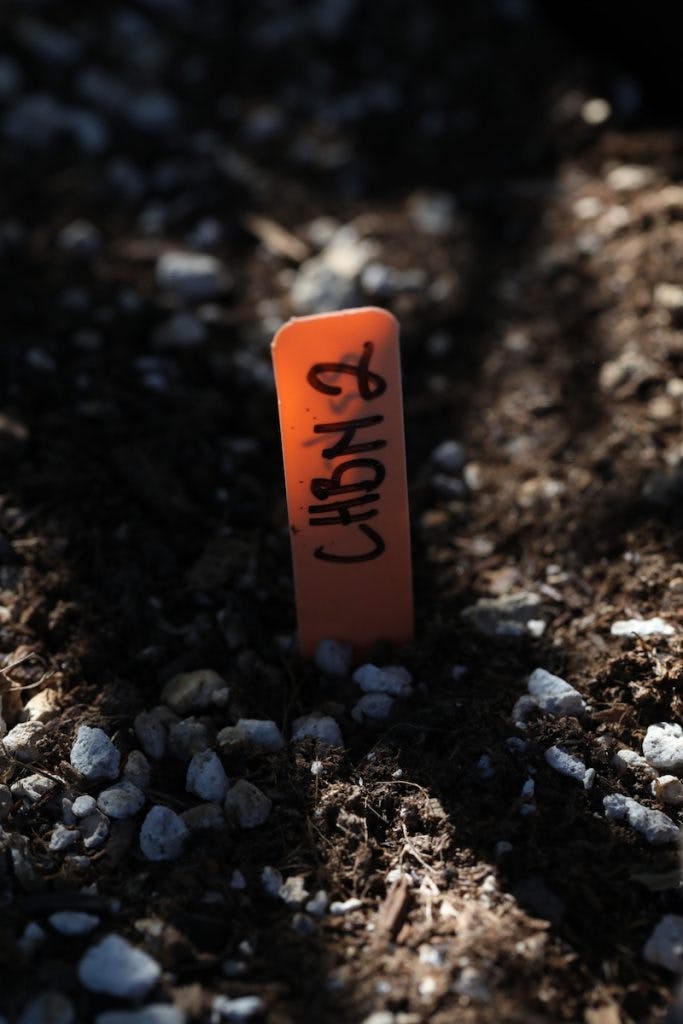
Most people confuse soil with dirt,” says Dr. Elaine Ingham, one of the world’s leading soil biologists. “But they are completely different things.”
Dirt contains no organic substances and consists only of mined source rock. “They are simply a mineral component,” she says. You may know that your soil is sandy, muddy, or loamy, but all three terms are merely descriptions of texture. When out of balance, they can make gardening difficult, but even when they are in the ideal ratio (a third of each, known as clay), they are not an indicator of soil health.
Soil, on the other hand, refers to an entire underground ecosystem made up of dirt and a whole host of characters (bacteria, fungi and microarthropods (nematodes, earthworms and spiders – invertebrates that we can see) that work together to destroy broken down organic material and nutrients released in plant-available form, a process known as nutrient cycling.
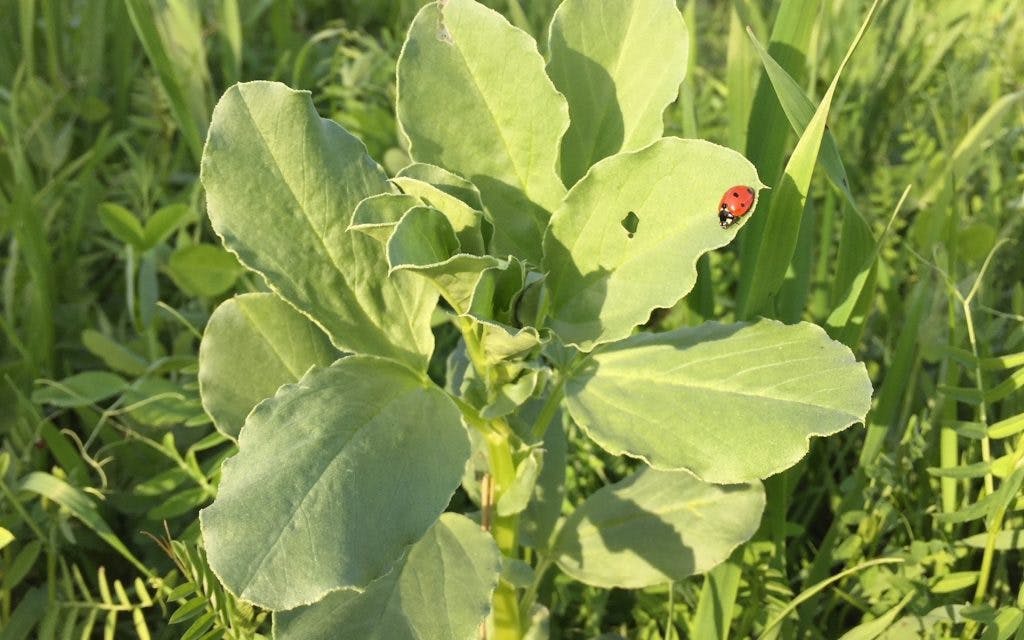
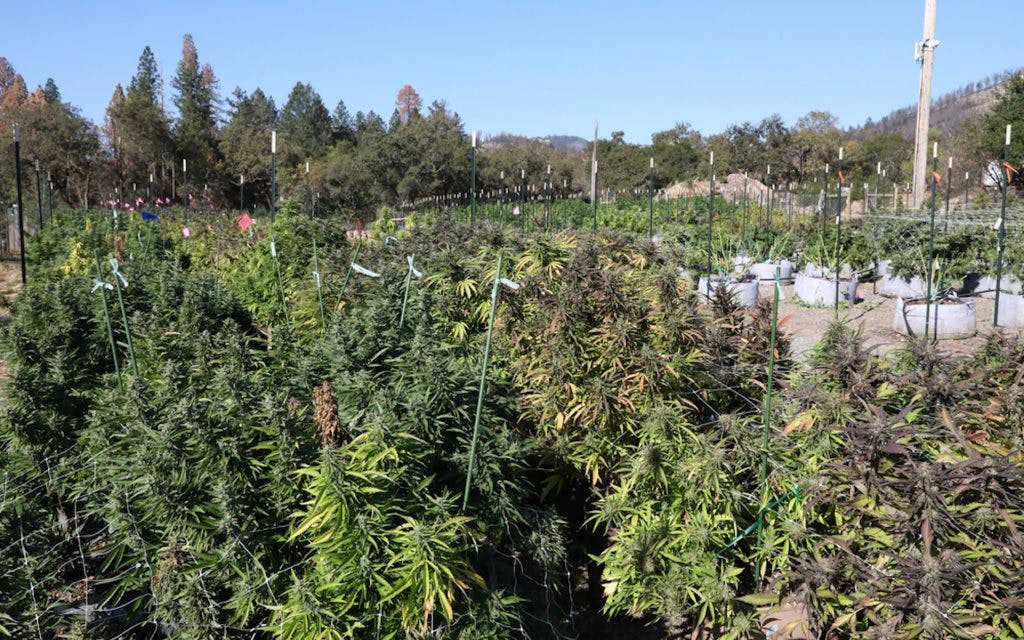
“The soil is a living being,” emphasizes Dr. Ingham. It describes the processes underground as the food web in the soil.
This is how the soil was built over billions of years. Imagine a forest – an incredibly productive environment where no synthetic fertilizer is used. Instead, it is the soil food web that does all the work, building increasingly rich soil over time.
Shop highly rated pharmacies near you
We’ll show you pharmacies near Ashburn, VA
Show all pharmacies
Some problems with synthetic fertilizers
Many cannabis growers grow plants in a soilless medium—either coconut coir or rockwool—and irrigate them hydroponically with synthetic fertilizers. The origin and use of these chemicals have proven to be problematic.
Dr. Ingham explains that after the abrupt end of World War II, chemical companies had huge stocks of the explosive TNT. Where companies disposed of their TNT, the weeds grew better. The nitrogen in TNT is plant food. This is how inorganic fertilizer was born. Plants grow quickly when they consume nitrogen.
“But that doesn’t mean you’re growing healthy plants,” Ingham says. “All you add is nitrogen, when in fact your plants need phosphorus, sulfur, potassium, zinc, iron and more.”
An unbalanced diet makes plants susceptible to disease and destroys the soil. All inorganic fertilizers are, by definition, salts: an inorganic material that dissolves in water. If you think about salt water, you can’t drink it or you’ll die of dehydration. The same goes for all the microorganisms in the soil: they get killed by these fertilizers, and then, bam, you have dead dirt and no living soil.
Living soil is more sustainable
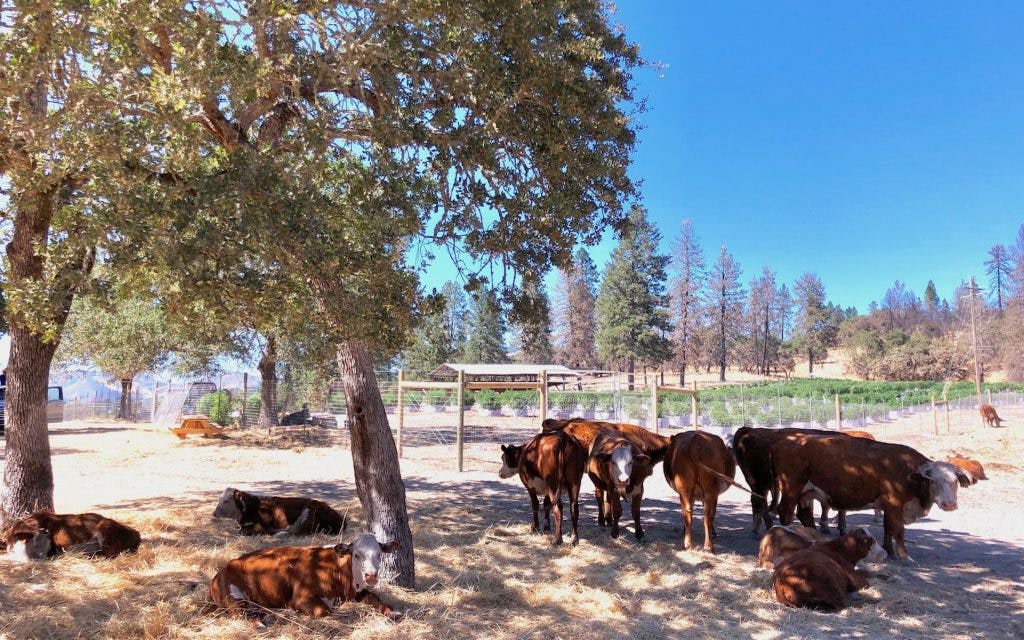
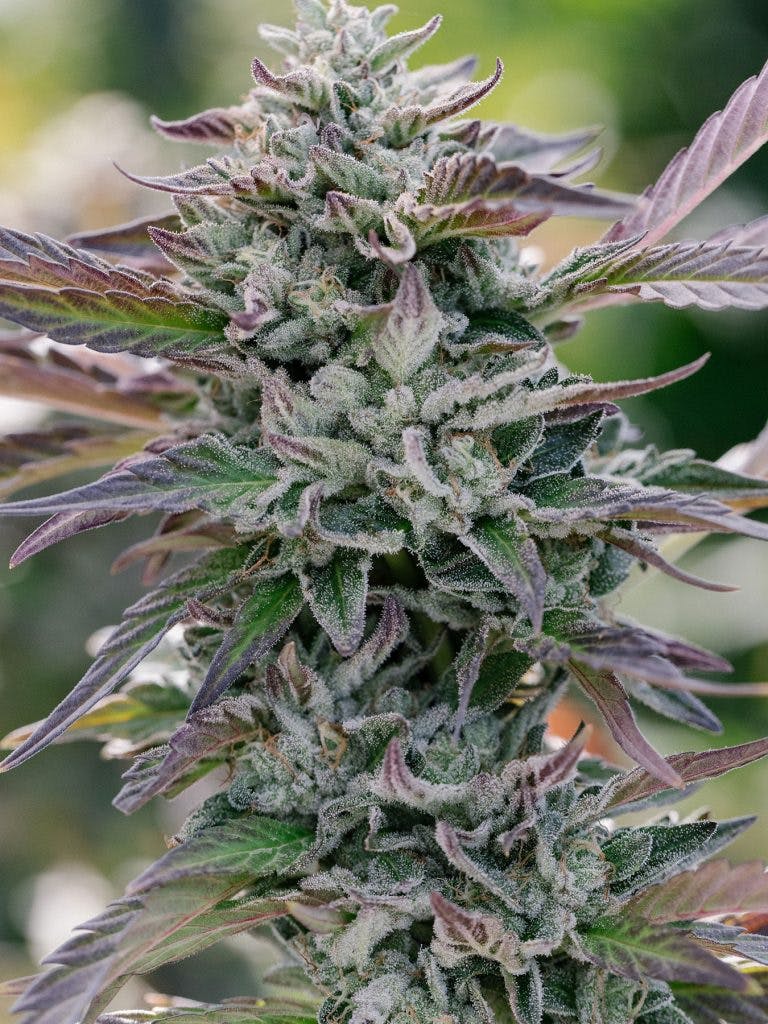
Aside from terpenes, why do cannabis farmers turn to living soil?
“We were impressed that you didn’t have to throw away soil every year,” says Jake Taylor of No-Till Kings. Long Beach-based farmers recycle everything back into their soil. No-till shreds last year’s leaves and stems into mulch for this year’s crop, introducing even more organic material to feed their system. “It’s an ecosystem that keeps on giving,” Taylor says.
Mike Benziger of Glentucky Farms outside Glenn Ellen, Calif., didn’t start his company with the idea of revitalizing the soil. For ten years he sprayed everything with fertilizer, insecticides and herbicides. When a friend noticed that there were no birds around at all, he realized he had essentially destroyed the farm. He took a far opposite path and has now been Demeter certified in so-called “biodynamic” agriculture for 22 years.
“I realized that soil health is by far the most important thing. Biodiversity is important. Rhythms are important. Good seeds and good genetics are important. But soil health comes first,” says Benziger, whose weeds won a gold medal at the California State Fair last year.
Dirty driving
8 top brands that grow indoors in soil beds or outdoors in living soil
Related
How to order weed delivery online from Leafly
Here’s how to start building your own living soil
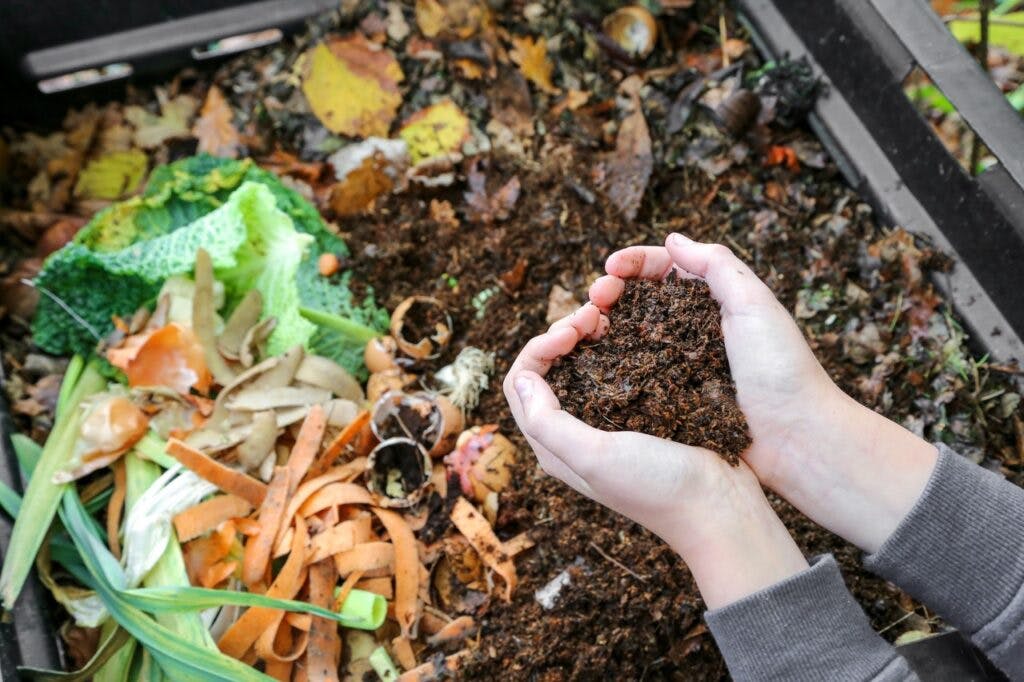
Do you want to build your own living floor?
Step one: Stay away from bottles of synthetic fertilizers. Do not touch her. Go away.
Second, start adding compost. All of these good bacteria, fungi, and microarthropods live on decaying organic material. In other words, if you build it – a compost heap – they will come.
Homemade is best when done right. You can choose a worm bin, a thermal pile (which is built all at once and heats up), or a cold pile (which you continually expand).
Related
How to Make Organic Soil for Your Weeds
Compost – homemade or purchased in bags – should never smell anything other than earthy. Whether you make your own compost from scratch or supplement it with some store-bought black gold, getting a pound of really good compost and adding it to your own pile (or garden bed) can help to get a starting signal for good biology.
Good bagged compost is hard to come by. Consider testing your compost microscopically to see how it stacks up. For a list of laboratories and consultants who can direct you to regionally specific compost sources, visit soilfoodweb.com/consultants.
There are so many more resources for this type of farming, commenters will chime in below.
Related
How to Use Cover Crops to Improve Your Cannabis Garden
Save the terps… and the world
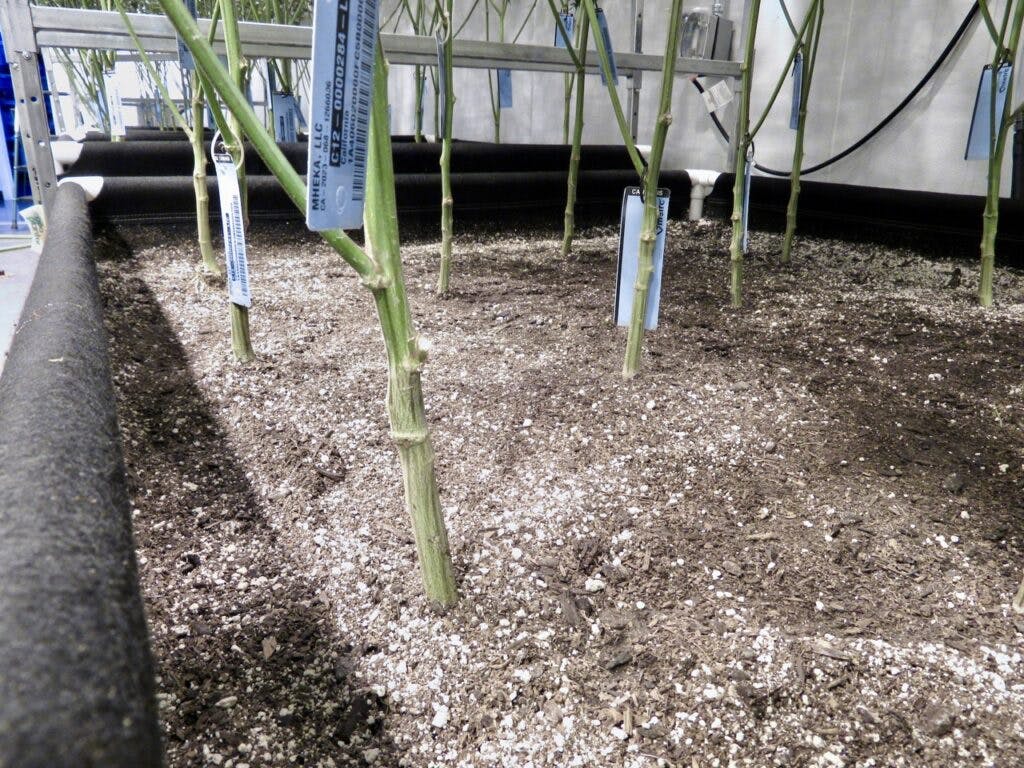
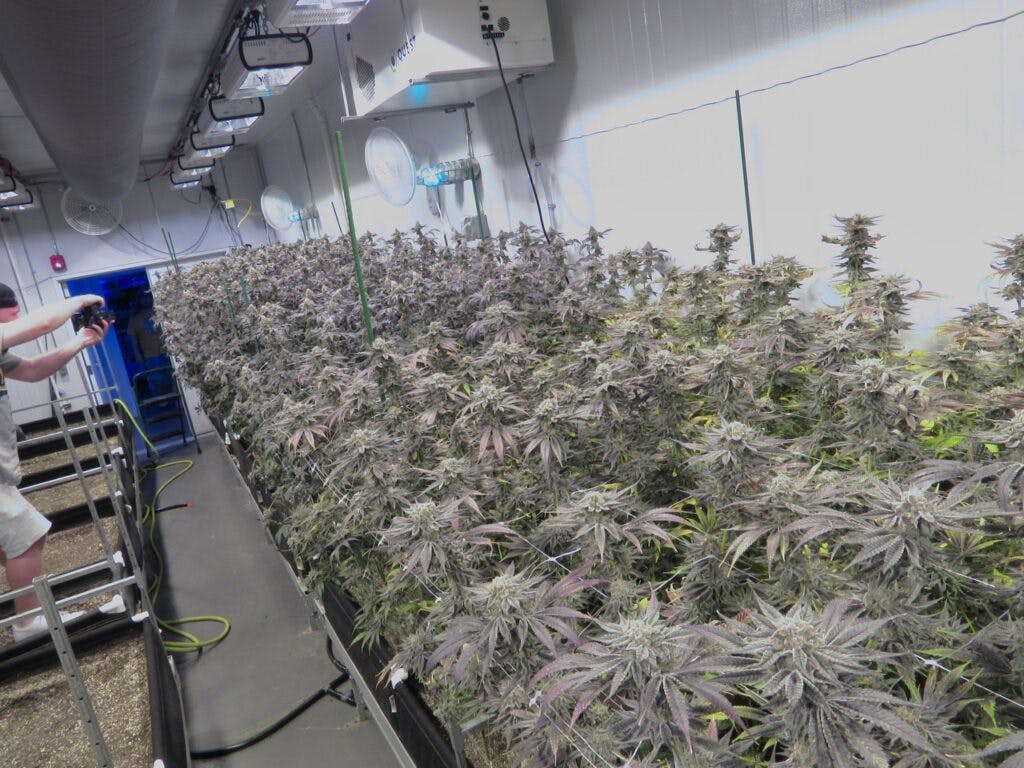
While living soil gives us the best weeds available, there are other, more stressful reasons to grow soil. The farmers we spoke to believe that living soil can save the world. Not really.
“Large-scale living soil is the way of the future,” says No-Till Kings’ Taylor. “It sequesters carbon and prevents topsoil from being blown away like a dust bowl, creating a fertility vacuum. Building soil is exactly what farmers can do to help the environment and create the soil for future generations.”
For more information, see our list of other living earth gurus. Let us know your favorite living soil farmer in the comments below!


Post a comment: